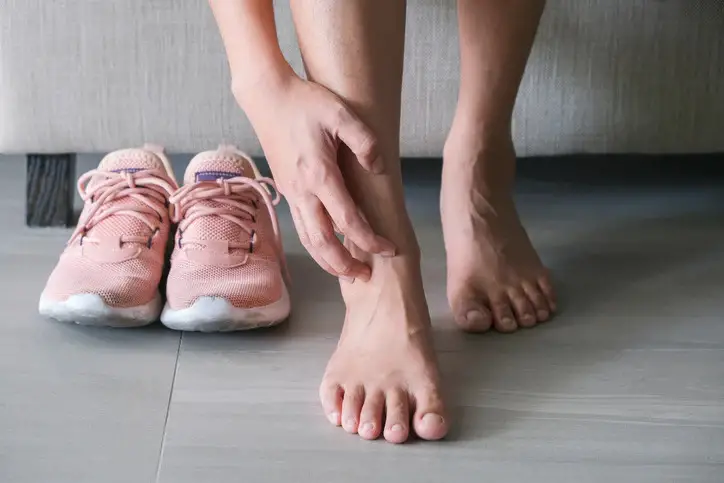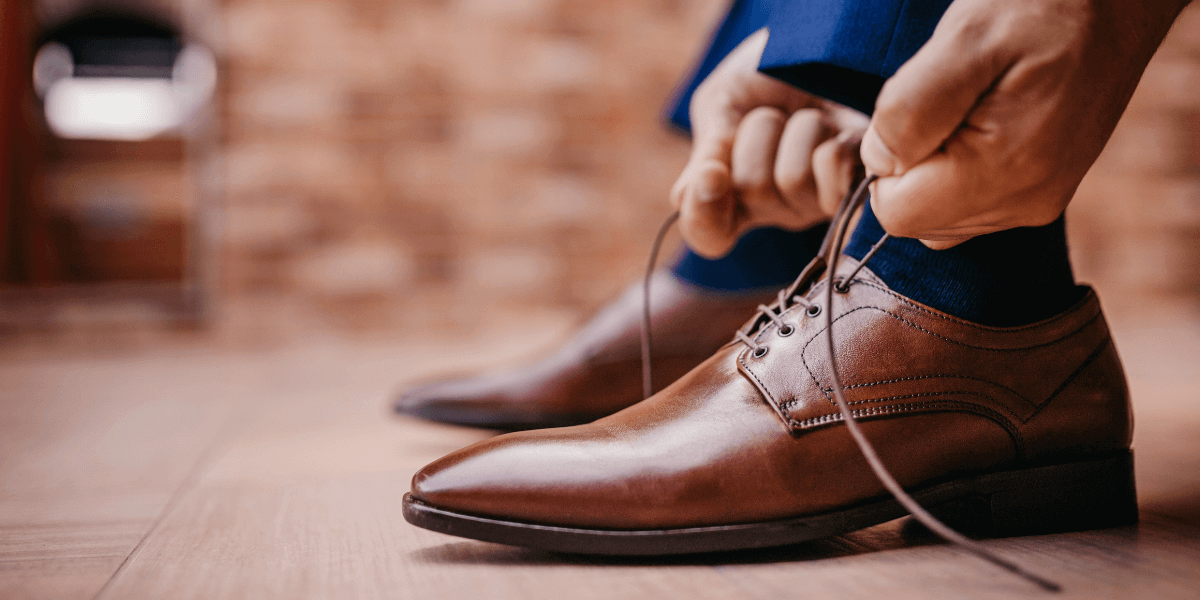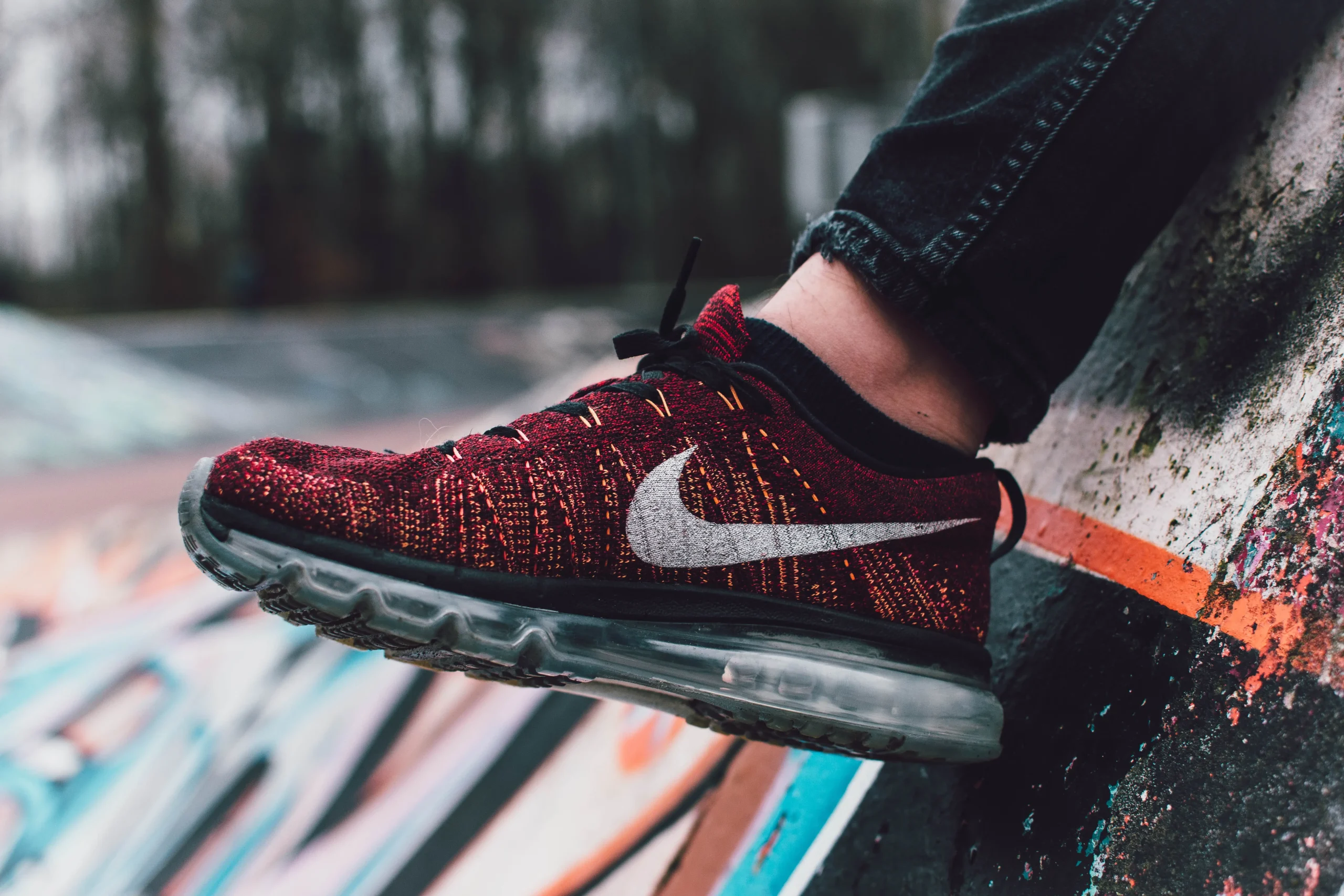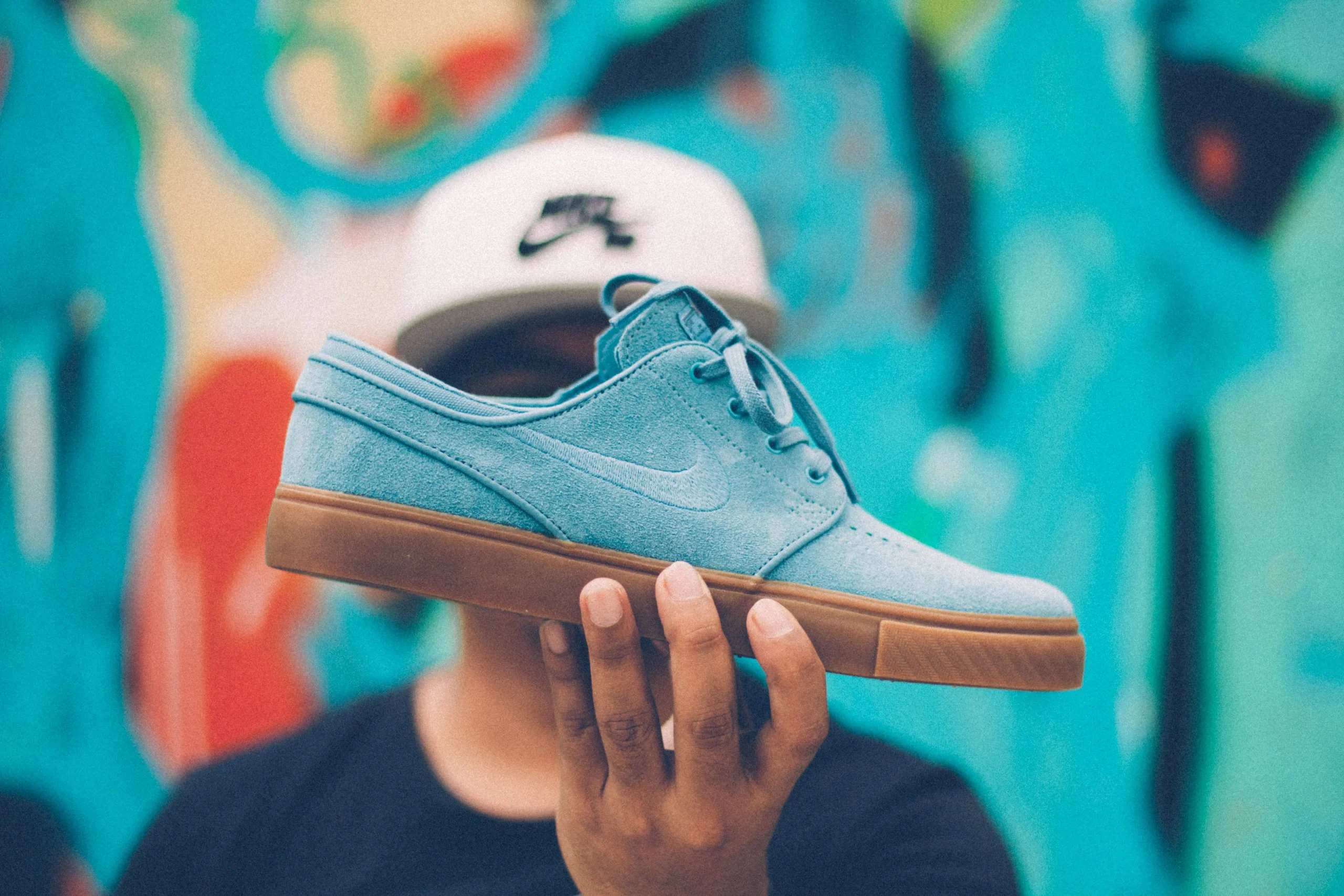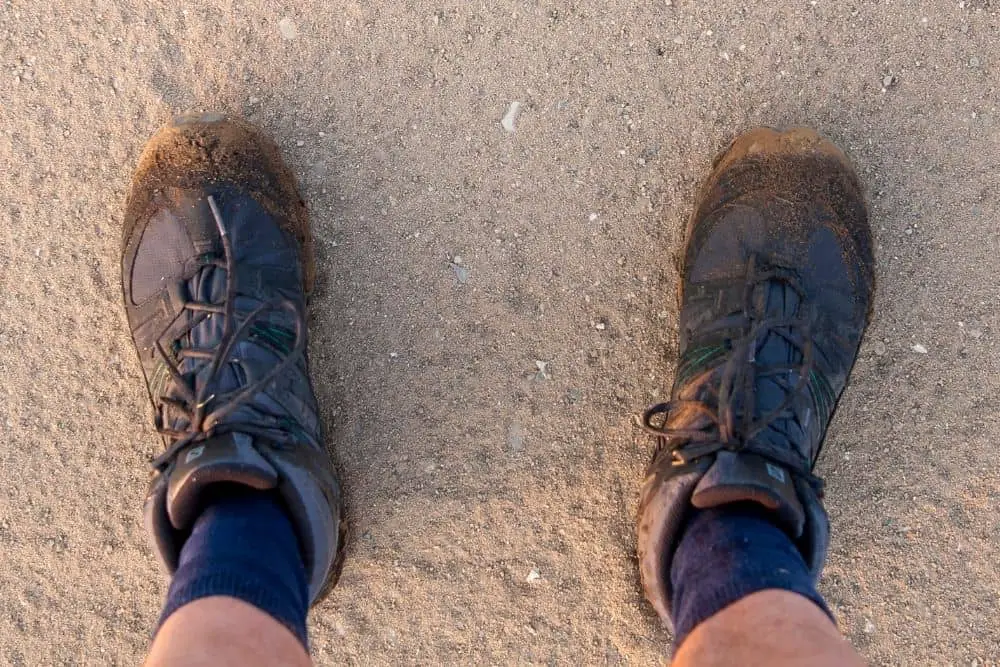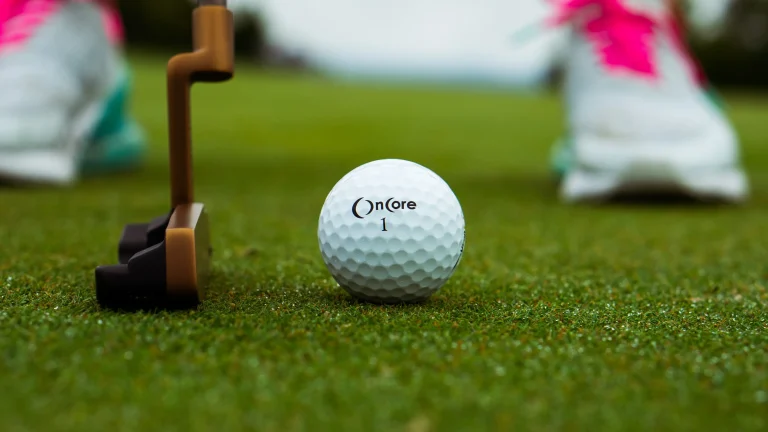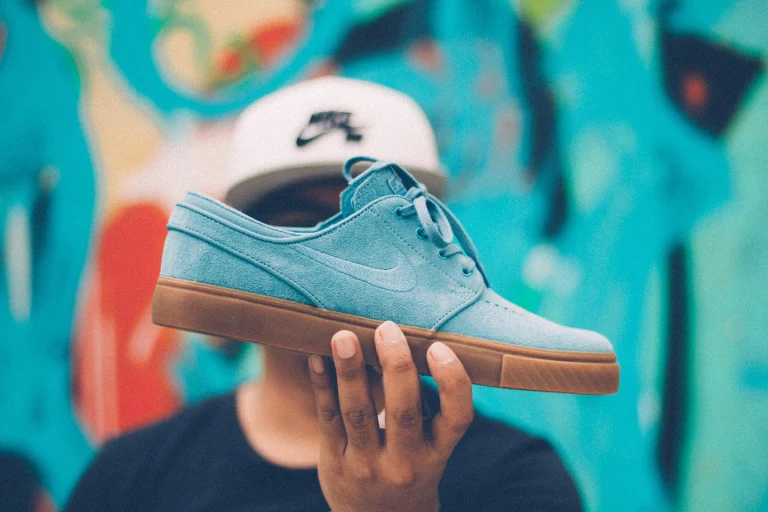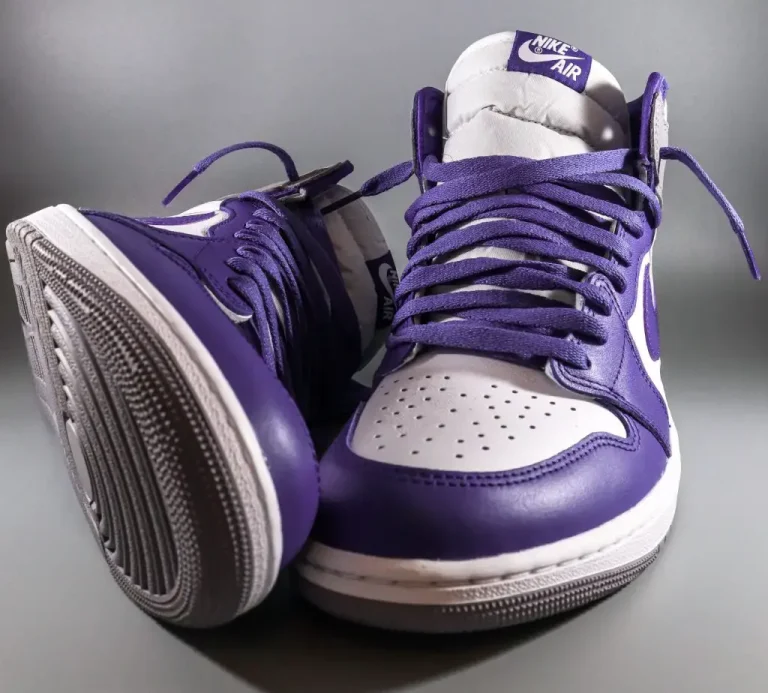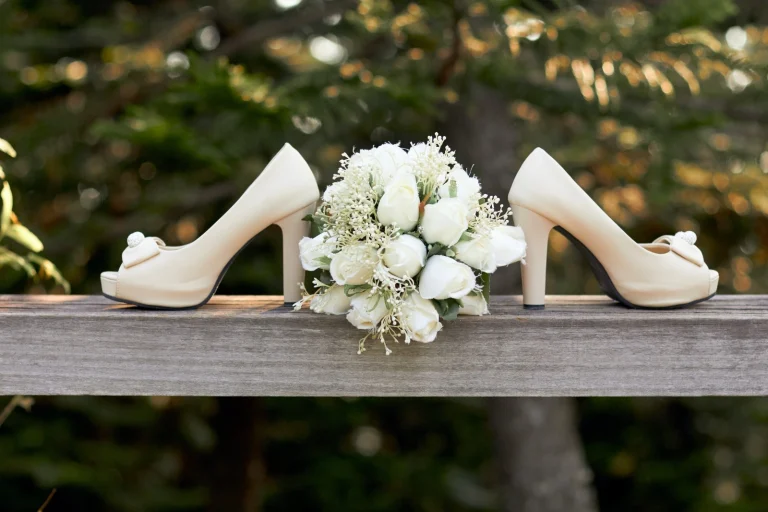How Long Can Fungus Live In Shoes?
Introduction of this article:
Fungal infections are a common problem that affects millions of people worldwide. While many people are aware of the importance of treating fungal infections on the skin or nails, few realize that fungus can also grow and thrive in shoes. This can lead to a range of foot problems, including athlete’s foot, toenail fungus infection, nail polish infection, other infections. Understanding how long shoe fungus can live in shoes is crucial for preventing and treating these issues.
In this article, we will explore the different types of fungus that can grow in shoes, how they get there, and most importantly, how long they can survive. We will also provide practical tips for preventing and treating fungus in shoes to help you maintain healthy feet. How long can Fungus live in shoes I will discussed with you the Lifespan of Fungus in shoes.
Factors Affecting Fungal Nail Infection Survival in Shoes:
Footwear plays a crucial role in the survival and spread of fungal infections. Understanding the factors that contribute to fungal growth in shoes can help you take preventive measures and maintain good foot hygiene. In this guide, we will explore the various factors that affect fungal survival in same shoes and provide tips on how to minimize the risk of infections.
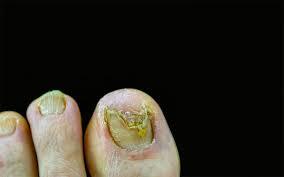
Moisture and Humidity
Fungal organisms thrive in warm, moist environments. Shoes that are frequently exposed to sweat or water create the perfect conditions for fungal growth. To combat this, ensure proper ventilation and air circulation in your shoes by choosing breathable materials and drying them out after use.
Shoe Material
The type of material used in your shoes can also impact fungal survival. Synthetic materials, such as plastic and rubber, tend to retain moisture, while natural materials like leather and canvas are more breathable. Opt for shoes made from materials that allow for better air circulation to reduce the risk of fungal nail infections.
Personal Hygiene
Maintaining good foot hygiene is essential in preventing fungal growth in shoes. Regularly washing your feet, drying them thoroughly, and using antifungal powder or sprays can help keep fungal infections at bay.
Shoe Storage
Storing your shoes in a dark, damp environment can encourage fungal growth. To prevent this, store your shoes in a well-ventilated area and avoid piling them on top of each other, as this can trap moisture and create a breeding ground for fungi.
Frequency of Wear
Wearing the same pair of shoes every day can contribute to fungal growth, as it does not allow the shoes to dry out completely between uses. Rotate your footwear regularly to give each pair time to air out and dry.
Sock Choice
The type of socks you wear can also impact fungal survival in shoes. Opt for moisture-wicking materials like wool or synthetic blends that help keep your feet dry and reduce the risk of fungal infections
By understanding the factors that affect fungal survival in shoes and taking the necessary precautions, you can minimize the risk of infections and maintain healthy feet.
Related To: How to Ship Shoes Without Box?
Related To: How Much Do Tennis Shoes Weigh?
Lifespan of Fungus in Shoes:
Fungal infections, such as athlete’s foot fungus and nail fungus, can be persistent and challenging to eliminate. One reason for this is the ability of fungi to survive in shoes for extended periods. In this article, we will discuss the lifespan of fungus in shoes and provide tips on how to prevent its longevity. I will discussed in this article how long can Fungus live In shoes.
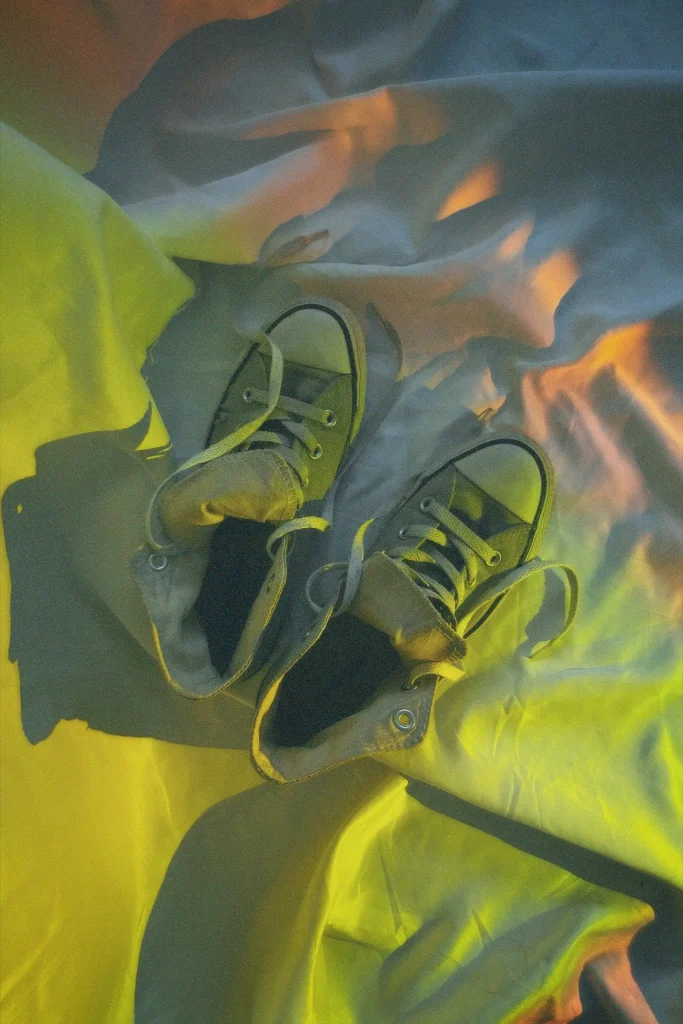
Factors Affecting Fungal Lifespan
The lifespan of fungus in shoes depends on various factors, including moisture levels, shoe material, and storage conditions. Fungi can survive for weeks or even months in shoes, especially if the environment is conducive to their growth.
Moisture Control
Controlling moisture is crucial in reducing the lifespan of fungus in shoes. Ensure proper ventilation and air circulation by choosing breathable materials and drying your shoes after use. Using moisture-absorbing shoe inserts or powders can also help keep your shoes dry.
Shoe Material and Care
The type of material used in your shoes can impact fungal survival. Opt for shoes made from breathable materials like leather or canvas, and clean them regularly to remove any fungal spores. Washing or sanitizing your shoes, if possible, can also help eliminate fungi.
Personal Hygiene
Practicing good foot hygiene is essential in preventing fungal growth in shoes. Wash your feet daily, dry them thoroughly, and use antifungal powders or sprays to minimize the risk of infections.
Sock Selection
Choose moisture-wicking socks made from materials like wool or synthetic blends to help keep your feet dry and reduce the lifespan of fungus in shoes.
Shoe Storage
Store your shoes in a well-ventilated area and avoid piling them on top of each other, as this can trap moisture and create a breeding ground for fungi. Exposure to sunlight can also help reduce the lifespan of fungus in shoes, as UV rays can kill fungal spores.
Understanding the factors that affect the lifespan of fungus in shoes is crucial in preventing and managing fungal infections.
Preventive Measures and Shoe Hygiene:
Maintaining shoe hygiene is essential for preventing fungal infections and promoting overall foot health. In this guide, we will discuss preventive measures and shoe hygiene practices that can help you keep your feet clean, dry, and free from infections.
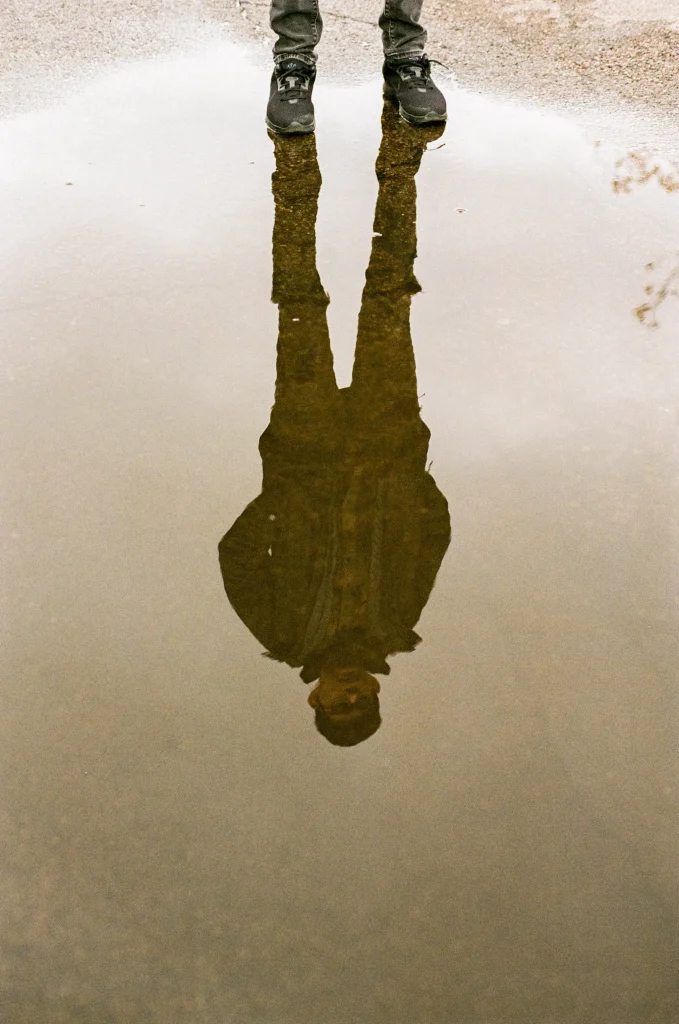
Choose Breathable Materials
Opt for shoes made from breathable materials like leather, canvas, or mesh, which allow for better air circulation and help keep your feet dry.
Rotate Your Footwear
Avoid wearing the same pair of shoes every day. Rotating your footwear allows each pair to dry out completely between uses, reducing the risk of fungal growth.
Use Moisture-Wicking Socks
Select socks made from moisture-wicking materials like wool or synthetic blends to help keep your feet dry and minimize the risk of fungal infections.
Maintain Personal Foot Hygiene
Wash your feet daily with soap and water, dry them thoroughly, and use antifungal powders or sprays as needed. Regularly trim your toenails and keep them clean to prevent the buildup of fungal spores.
Dry Your Shoes
If your shoes become wet or damp, dry them out completely before wearing them again. You can use a fan, air-dry them in a well-ventilated area, or use a shoe dryer to speed up the process.
Use Antifungal Shoe Inserts or Powders
Antifungal shoe inserts or powders can help prevent fungal growth in your shoes. Replace them regularly to maintain their effectiveness.
Clean and Sanitize Your Shoes
Regularly clean your shoes to remove dirt, sweat, and fungal spores. If possible, wash or sanitize your shoes according to the manufacturer’s instructions. For shoes that cannot be washed, use a disinfectant spray specifically designed for footwear.
Store Shoes Properly
Store your shoes in a well-ventilated area, preferably exposed to sunlight, as UV rays can help kill fungal spores. Avoid piling shoes on top of each other, as this can trap moisture and create a breeding ground for fungi.
Related To: How To Fix Bald Spots On Suede Shoes?
Signs and Symptoms of Fungal Infection in Shoes:
Fungal infections, such as athlete’s foot and toenail fungal infection, can be uncomfortable and persistent. Identifying the signs and symptoms of fungal infections in shoes is crucial for early detection and treatment. You know how long can Fungus live In shoes? In this article, we will discuss the common signs and symptoms of fungal infections in shoes and how to address them.
Unpleasant Odor:
A strong, musty smell coming from your shoes can be an indication of fungal growth. Fungi thrive in damp, dark environments, and their presence can lead to unpleasant odors.
Discoloration or Staining:
Fungal infections can cause discoloration or staining on the inside of your shoes. This may appear as dark spots or patches, which can be a sign of fungal growth.
Dampness or Moisture:
Persistent dampness or moisture in your shoes can create a breeding ground for fungi. If your shoes are frequently damp, even when not in use, this may be a sign of a fungal infection.
Signs of Infection on Your Feet:
Fungal infections in shoes can also manifest as symptoms on your feet. Common signs include itching, burning, redness, scaling, or cracking of the skin, as well as discolored, thickened, or brittle toenails.
Recurring Infections:
If you experience recurring fungal infections on your feet, despite treatment, your shoes may be harboring fungal spores. In this case, it’s essential to address the issue within your shoes to prevent reinfection.
Treatment Options for Fungal Infections in Shoes:
Fungal infections in shoes, such as athlete’s foot and toenail fungus spores, can be uncomfortable and persistent. Proper treatment is essential for eliminating the infection and preventing its recurrence. In this guide, we will discuss the various treatment options for fungal infections in shoes.

Antifungal Sprays and Powder
Antifungal sprays and powders are a common treatment option for fungal infections in shoes. They work by killing the fungal spores and preventing their growth. Apply the spray or powder to your shoes according to the manufacturer’s instructions, and repeat as needed.
Antifungal Shoe Inserts
Antifungal shoe inserts can help prevent fungal growth in your shoes. They work by releasing antifungal agents into your shoes, which kill the fungal spores. Replace the inserts regularly to maintain their effectiveness.
Medications
If your fungal infection is severe or persistent, your healthcare provider may prescribe oral or topical antifungal medications. These medications work by killing the fungal spores and preventing their growth. Follow your healthcare provider’s instructions carefully and complete the full course of treatment.
Shoe Sanitizing
Sanitizing your shoes can help eliminate fungal spores and prevent their growth. If possible, wash or shoe sanitizer your shoes according to the manufacturer’s instructions. For shoes that cannot be washed, use a disinfectant spray specifically designed for footwear.
Foot Hygiene
Maintaining good foot hygiene is essential in preventing and treating fungal infections in shoes. Wash your feet daily, dry them thoroughly, and use antifungal powders or sprays as needed. Regularly trim your toenails and keep them clean to prevent the buildup of fungal spores.
Shoe Replacement
In some cases, it may be necessary to replace your shoes to eliminate a fungal infection. If your shoes are old, worn, or have been exposed to moisture for an extended period, they may be harboring fungal spores that cannot be eliminated through other treatment options.
Conclusion
Fungal infections in shoes can be uncomfortable and persistent, but with proper treatment and preventive measures, they can be eliminated and prevented from recurring. You will learn from this article how long can Fungus live In shoes First, he suggests using nail clippers.

